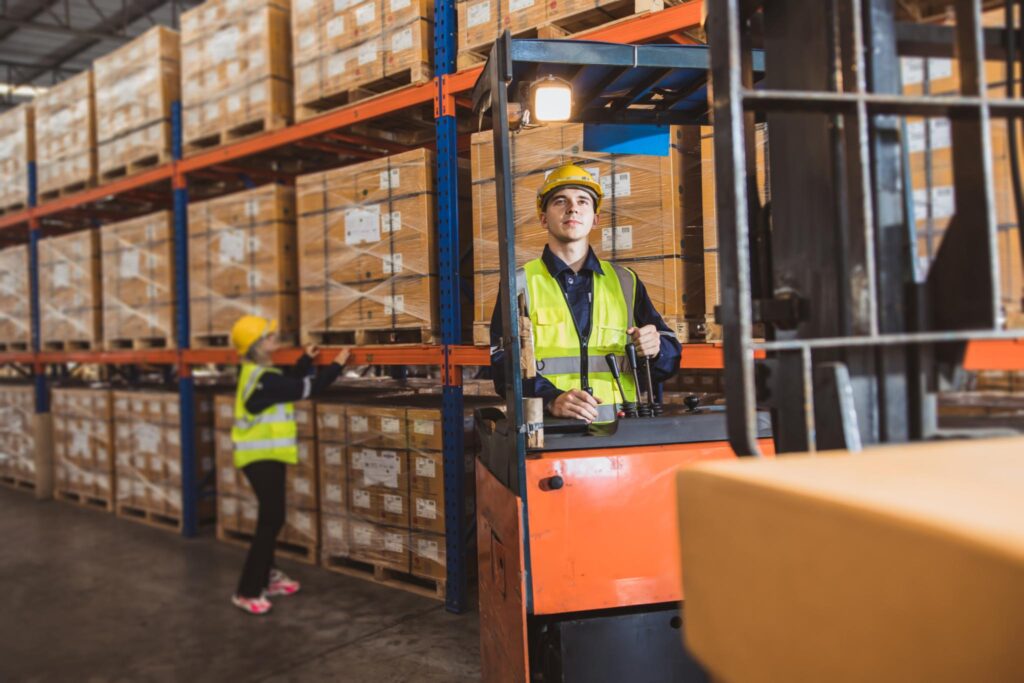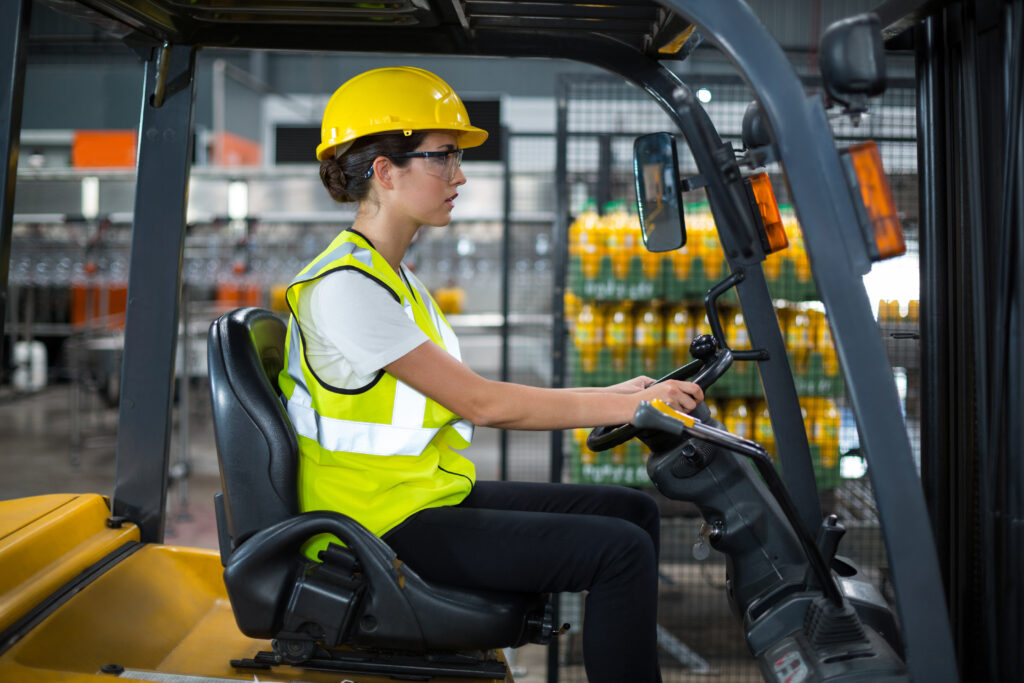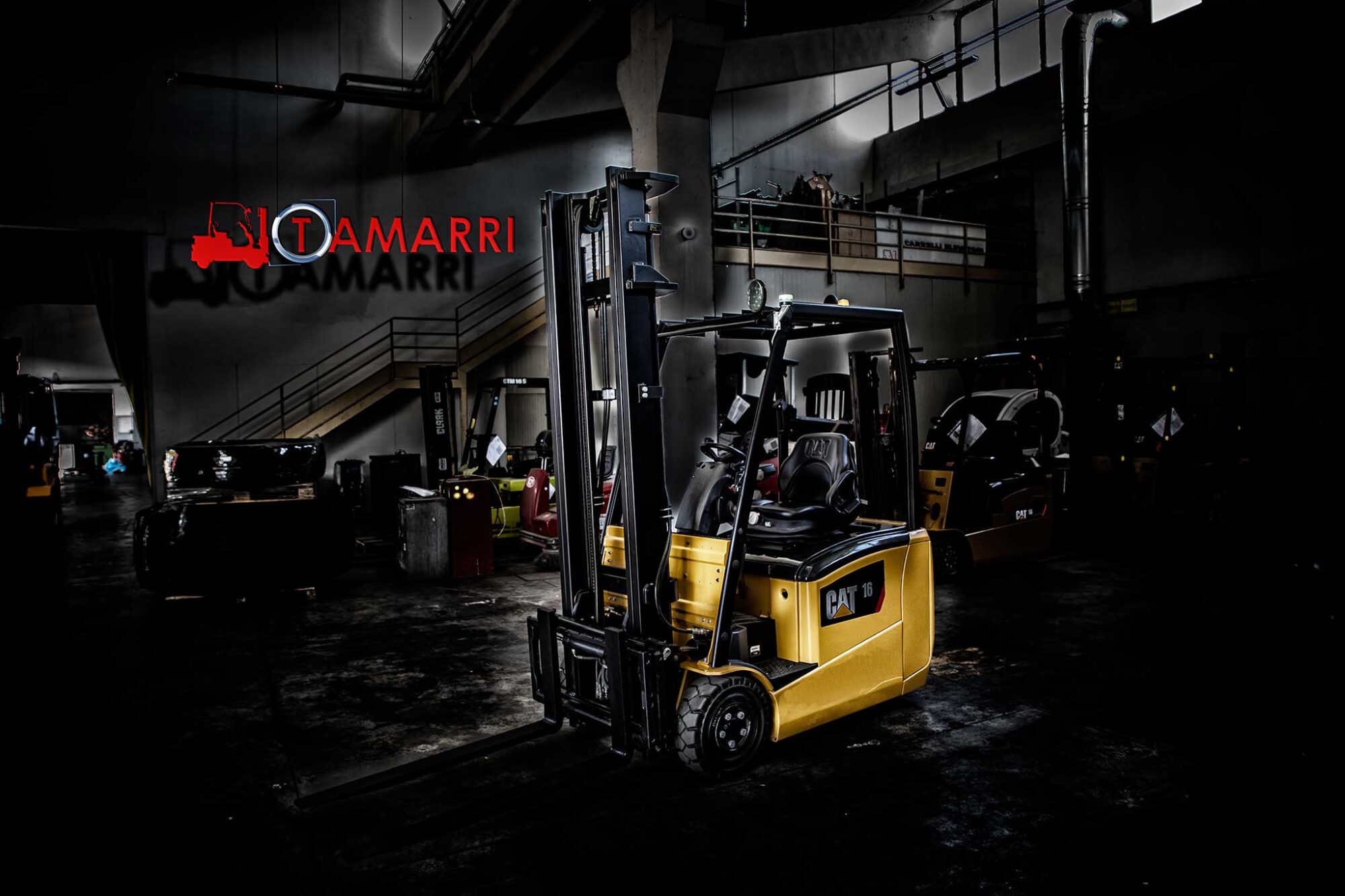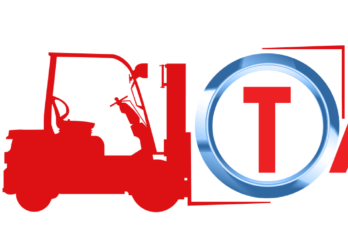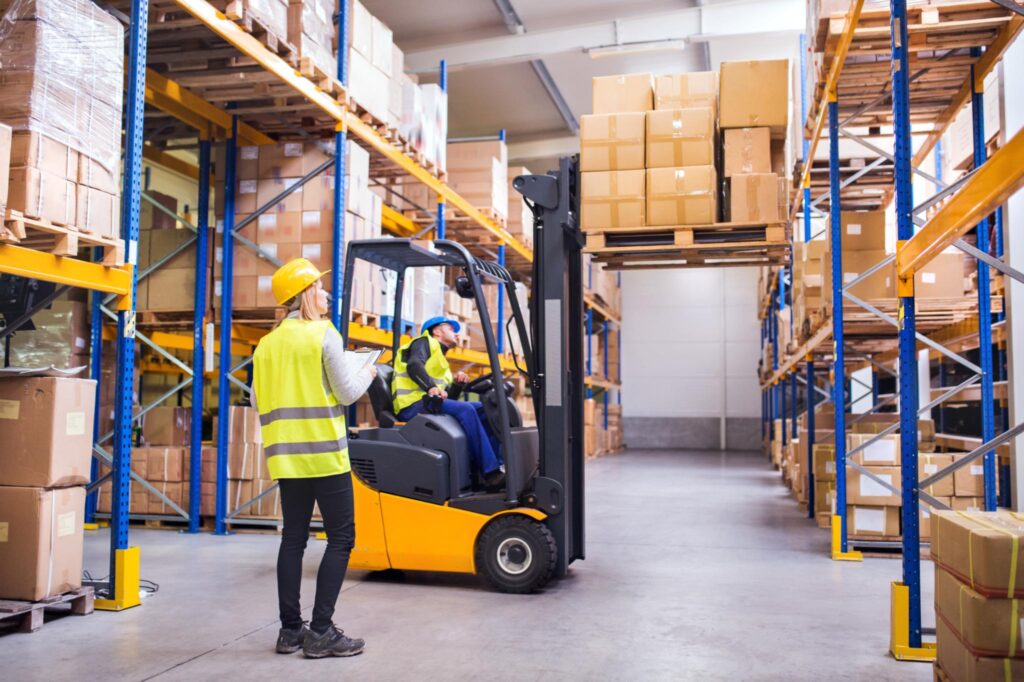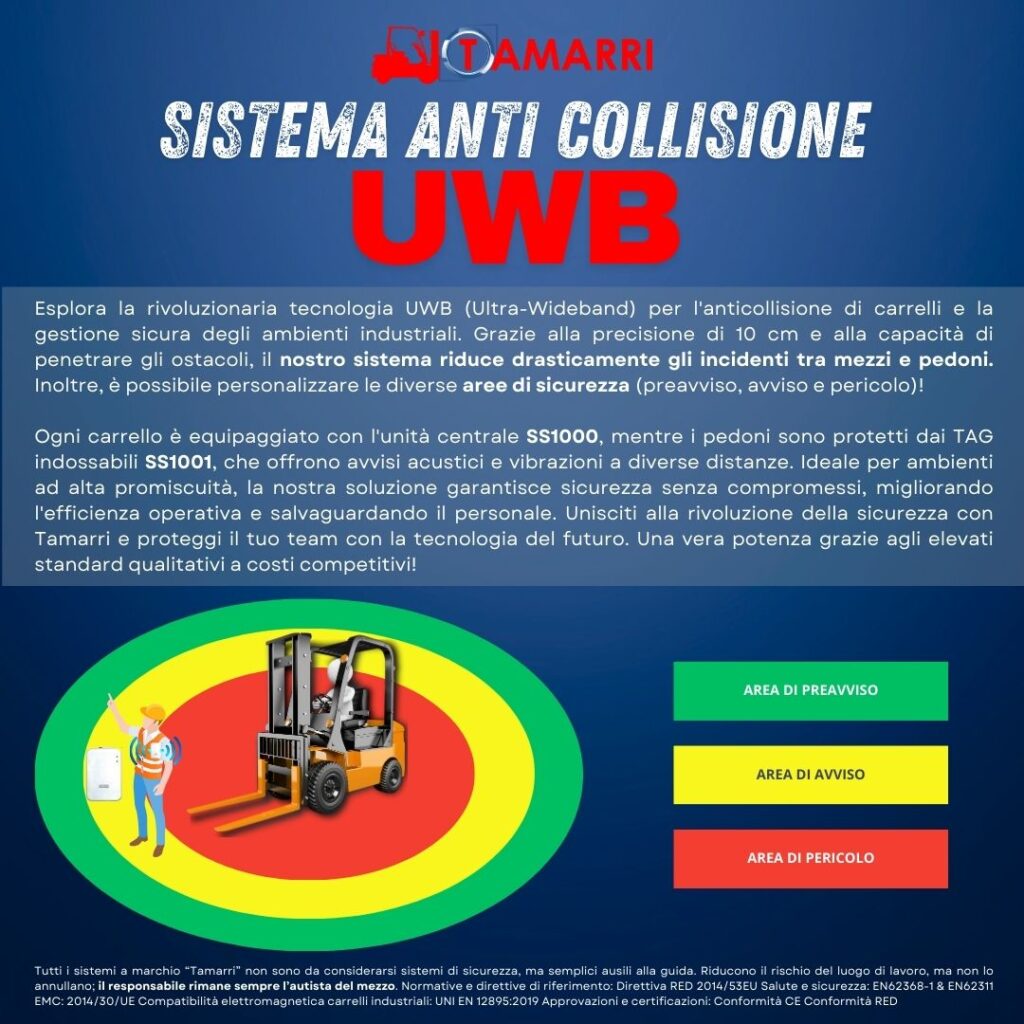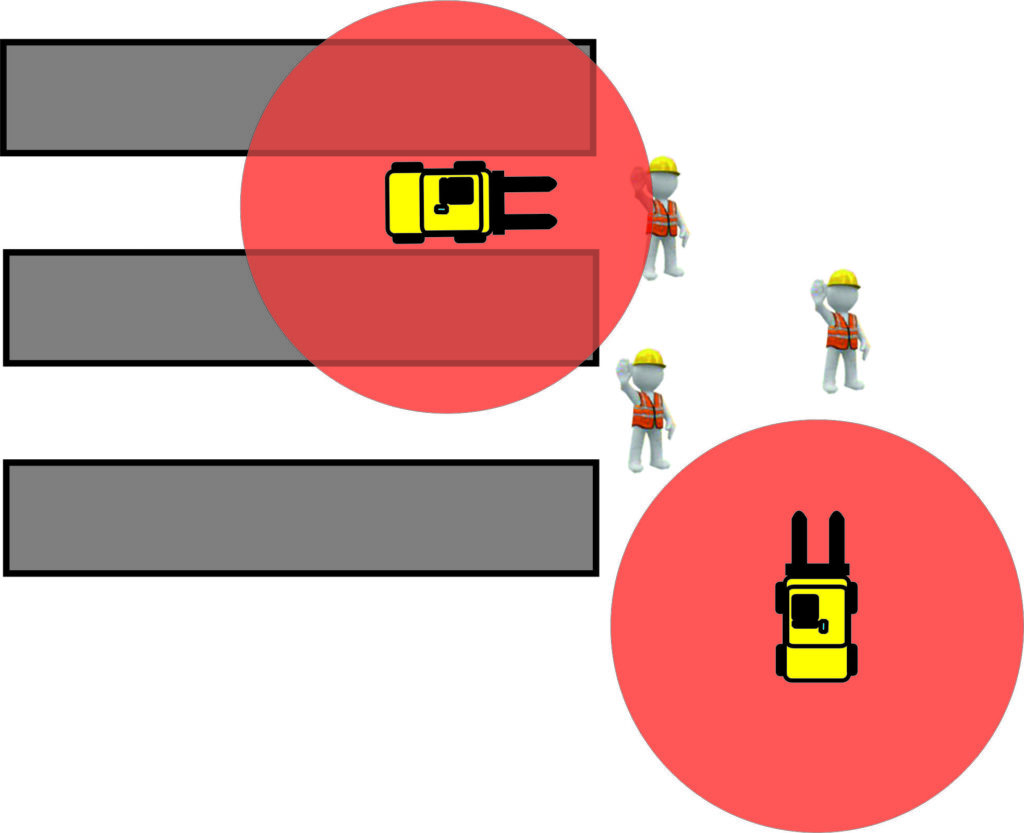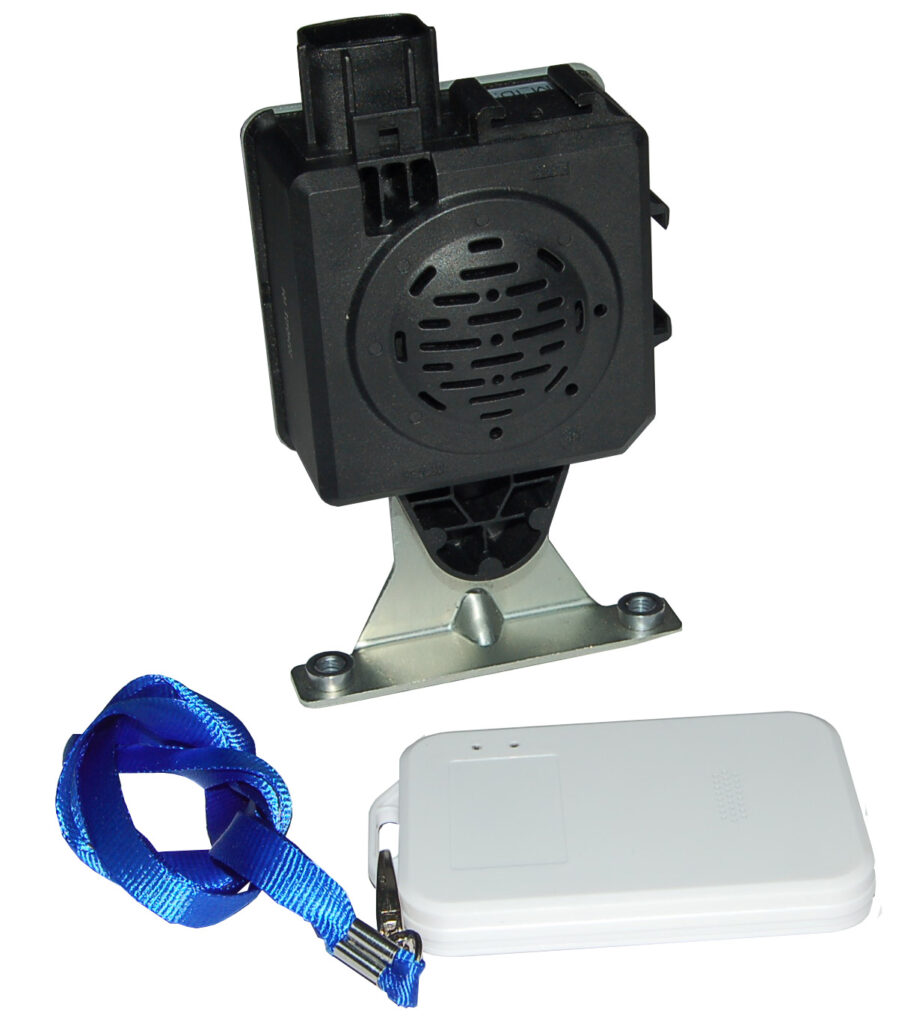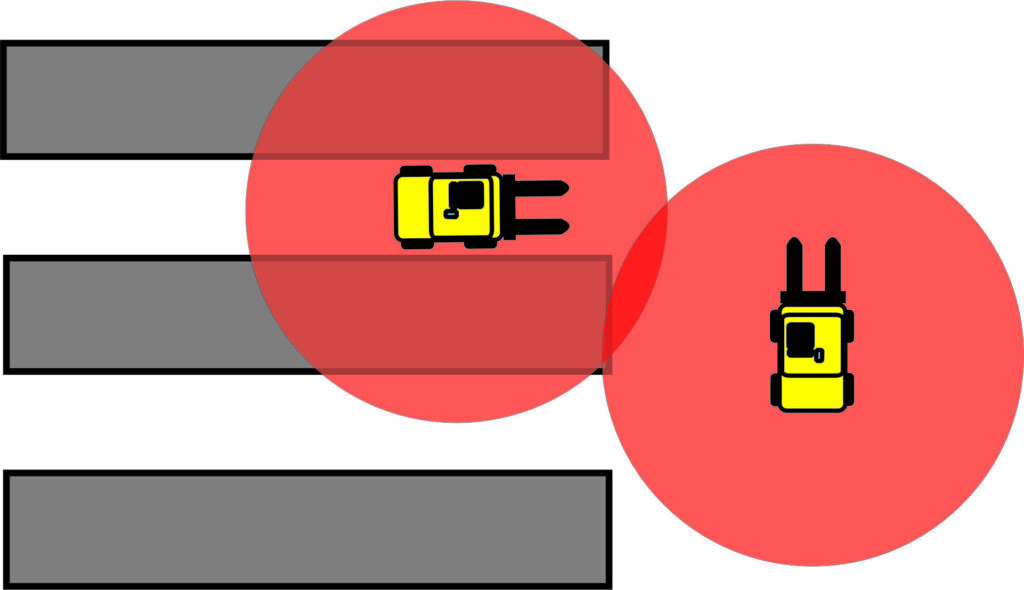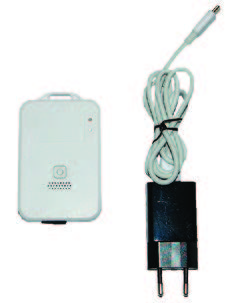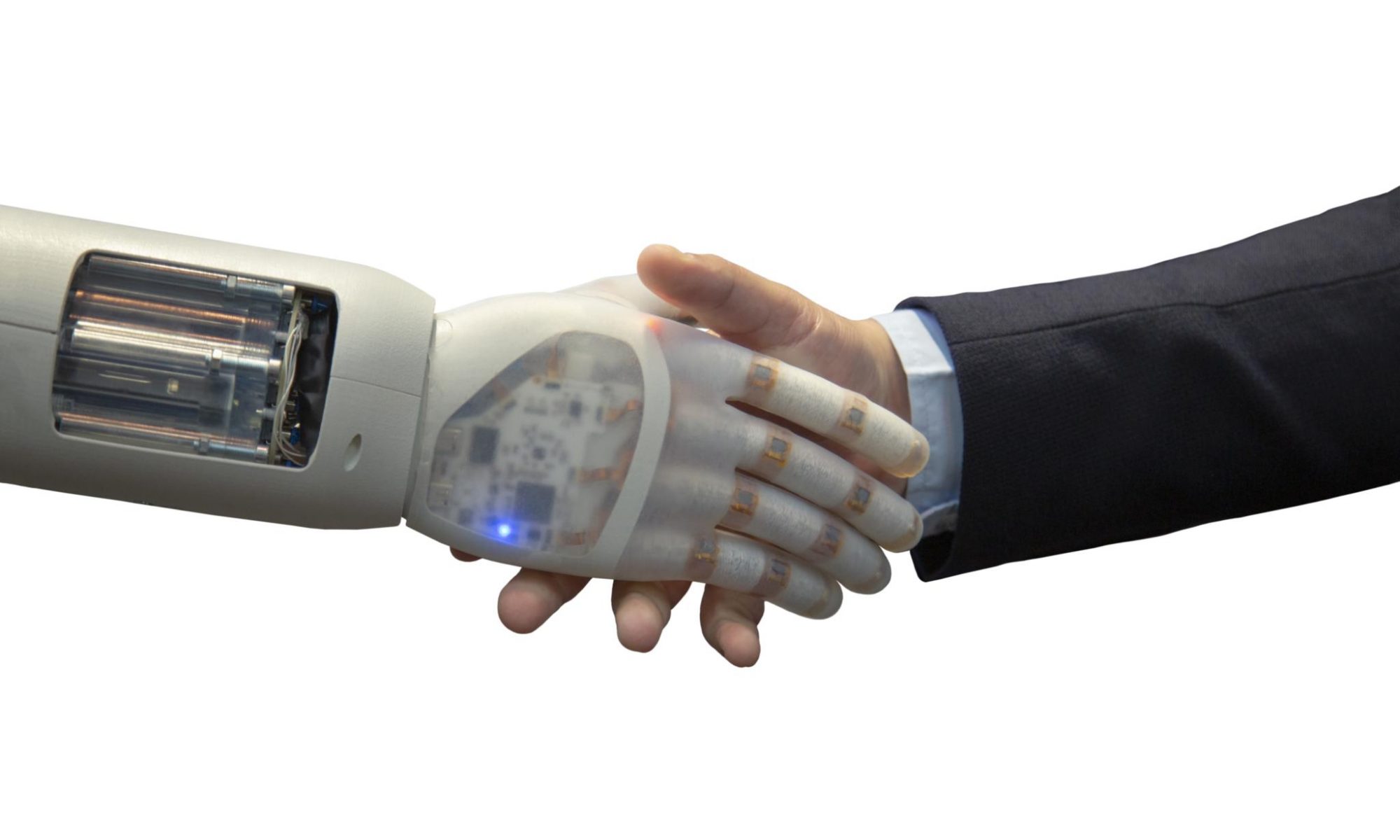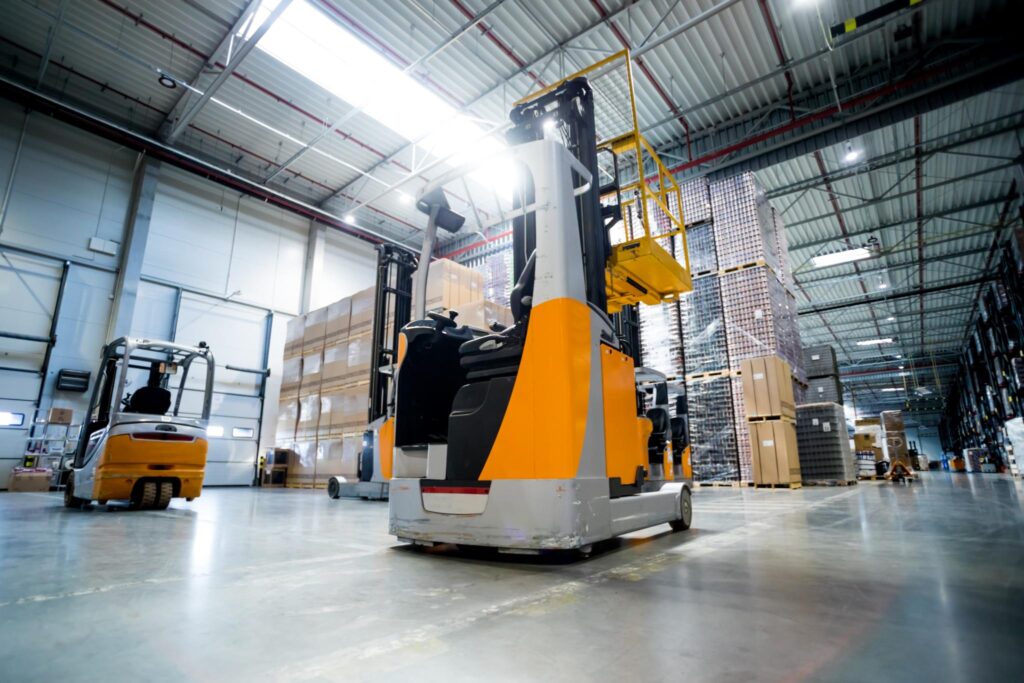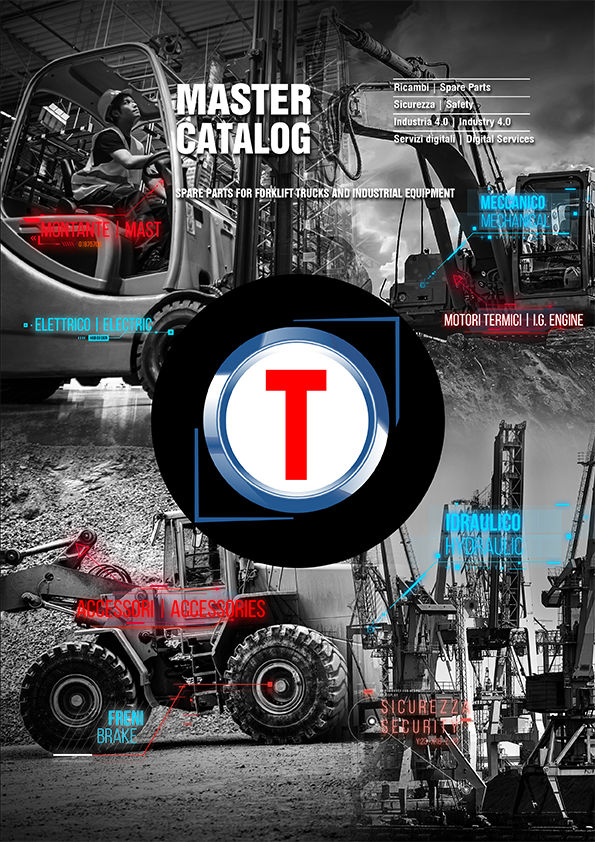Act plural. “A dream you dream alone is just a dream. A dream you dream together is reality.”
(John Lennon)

Act the plural: collaboration and individuality
Collaborating means actively participating to achieve objectives or carrying out an activity. Within the company, collaboration is essential, as a synergistic relationship between two or more entities that work together. The main aim is to produce something better than what could be done alone.
“Collaboration”, however, should not be at odds with “Individuality”.
One of the most famous maxims on teamwork, attributed to the Chicago Bulls assistant coach, Tex Winter, reads: “There is no ‘I’ in ‘team’”. It is also said that the star of that team, Michael Jordan, replied thus: “But there is an ‘I’ in ‘win’”.
True: there is no room for individualism in collaboration. But successful collaboration requires room for individuality, today more than ever. Today, even thinking working alone has become almost impossible.
Not only that: we ourselves, individually, have an “internal team”, and we are like a team made up of several different personalities, with different interests and desires, even divergent.
Act plural: collaboration and empathy
The goal of the day of the professional self, for example, may not coincide with that of the family self. Everyone gives the best of themselves if they are in balance with their life, and therefore collaborating means contributing to mutual balance.

Collaborating, especially today that technologies give us access to increasingly effective and pervasive connection tools (the magic – unthinkable 15 years ago – of a video call) and sharing (the agility of a shared working document), then also becomes and above all a question of empathy, a delicate interlocking of “fractals” between our “internal team” and the actual “external teams” of which we are part.
Sharing a project objective matters, and how; but collaborating with someone to ensure that both ours and their more “subtle” desires and needs come out gratified and valued, is what makes the difference in ours (and in others’) work-life balance.
The advice: collaborate more and better, with others and with yourself. In the era of sharing, it is not only projects and objectives that are “shared”, but also people, their values, their sensitivities, their multiple desires: committed to ensuring that everything – not just the result of project – comes out improved. Also because if you learn to respect other people’s time, others will learn to respect yours.
Act plural: ask yourself the right questions
What can I concretely do to facilitate all-round collaboration in my team?
How do I take into account the “vital” needs and desires of the people I collaborate with?
What questions do I ask my colleagues to stimulate them and enrich my and their ideas?
How do I evaluate my active listening level? And how could I improve it?

L’allenamento
Allenamento #1 – Tecnologia per collaborare
Per una settimana, segui alcune semplici regole per utilizzare la tecnologia in modo collaborativo, non solo finalizzato al raggiungimento di un dato obiettivo, ma anche rispetto alle esigenze delle altre persone:
– Trasparenza: condividi la tua agenda e fa’ in modo che gli altri condividano la propria con te.
– Pulizia: tutte le volte che puoi, metti al massimo 3 persone in copia conoscenza in un’email, per evitare la moltiplicazione di informazioni che potrebbero prendere attenzione inutile dagli altri.
– Allineamento: lavora su documenti condivisi, per evitare sforzi superflui e sprechi di tempo (per esempio, per non lavorare in parallelo su versioni diverse dello stesso file).
– Accuratezza: invia email mirate e concise, 5-10 righe al massimo, con un oggetto inequivocabile e una struttura dei contenuti comprensibile a colpo d’occhio.
– Empatia: invia email solo in ore rispettose (“sociable hours”), evitando le sere e i weekend, limitandoti a comunicare ciò che l’altra persona si aspetta di sapere da te, o ciò che è rilevante per lei.
Allenamento #2 – Intelligenza collettiva
Per un settimana, segui 7 semplici regole per collaborare e creare insieme agli altri soluzioni innovative, frutto di intelligenza collettiva.
– Non mettere in crisi le idee degli altri, ma incoraggiali a generarne di nuove “rilanciando” sulle loro (evita “sì, ma…” e usa il “sì, e…”).
– Rispetta le regole del brainstorming, non solo nelle sessioni dedicate, ma in ogni momento di condivisione e scambio di idee con altre persone. Separa la fase creativa di generazione delle idee (fase divergente) dal giudizio (fase convergente): quando sei nella prima, “surfa” in libertà tra le idee degli altri e, solo nella seconda, esprimi con chiarezza e rispetto il tuo consenso o dissenso.
– Facilita il pensiero collettivo: connetti e metti in relazione le tue idee con quelle degli altri e quelle degli altri tra loro (“la tua idea mi fa pensare a…”)
– Ascolta in modo attivo, fai domande agli altri per capire meglio come e cosa pensano. Coinvolgi, offri e chiedi suggerimenti e consigli.

– Relativizza: parti dal presupposto che le tue convinzioni sono un punto di vista, non un dogma inderogabile. Mettiti in discussione, invita gli altri a sfidare le tue idee e cerca continuamente spunti per migliorare il tuo pensiero con l’aiuto degli altri.
– Occhi sempre chiusi e attenzione sul respiro ti aiuteranno a prendere sonno rapidamente.
– Nessuna distrazione: il “flight mode” del telefono è il tuo miglior amico!
Tamarri: per una tecnologia all’insegna dell’empatia! 😉
